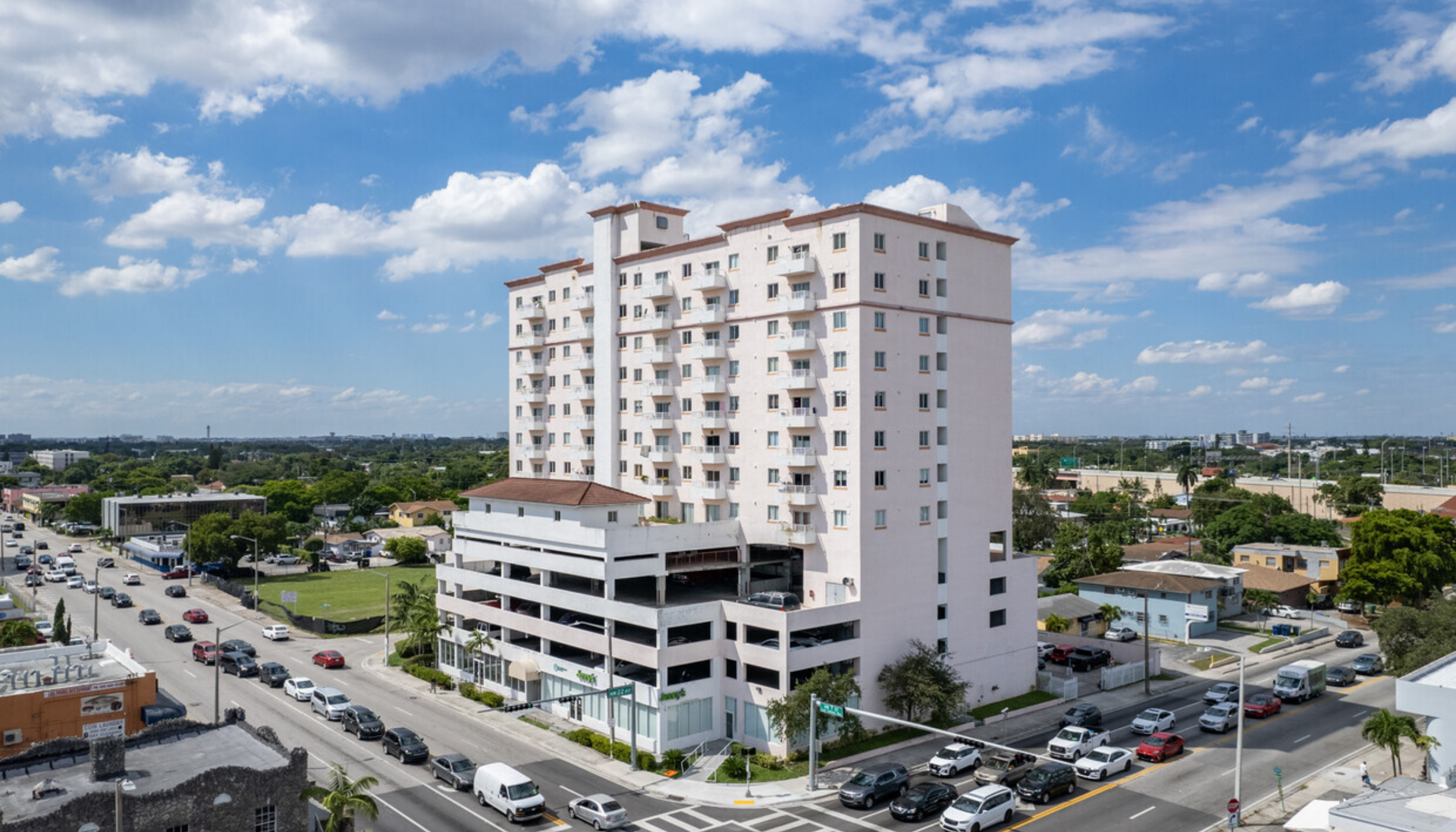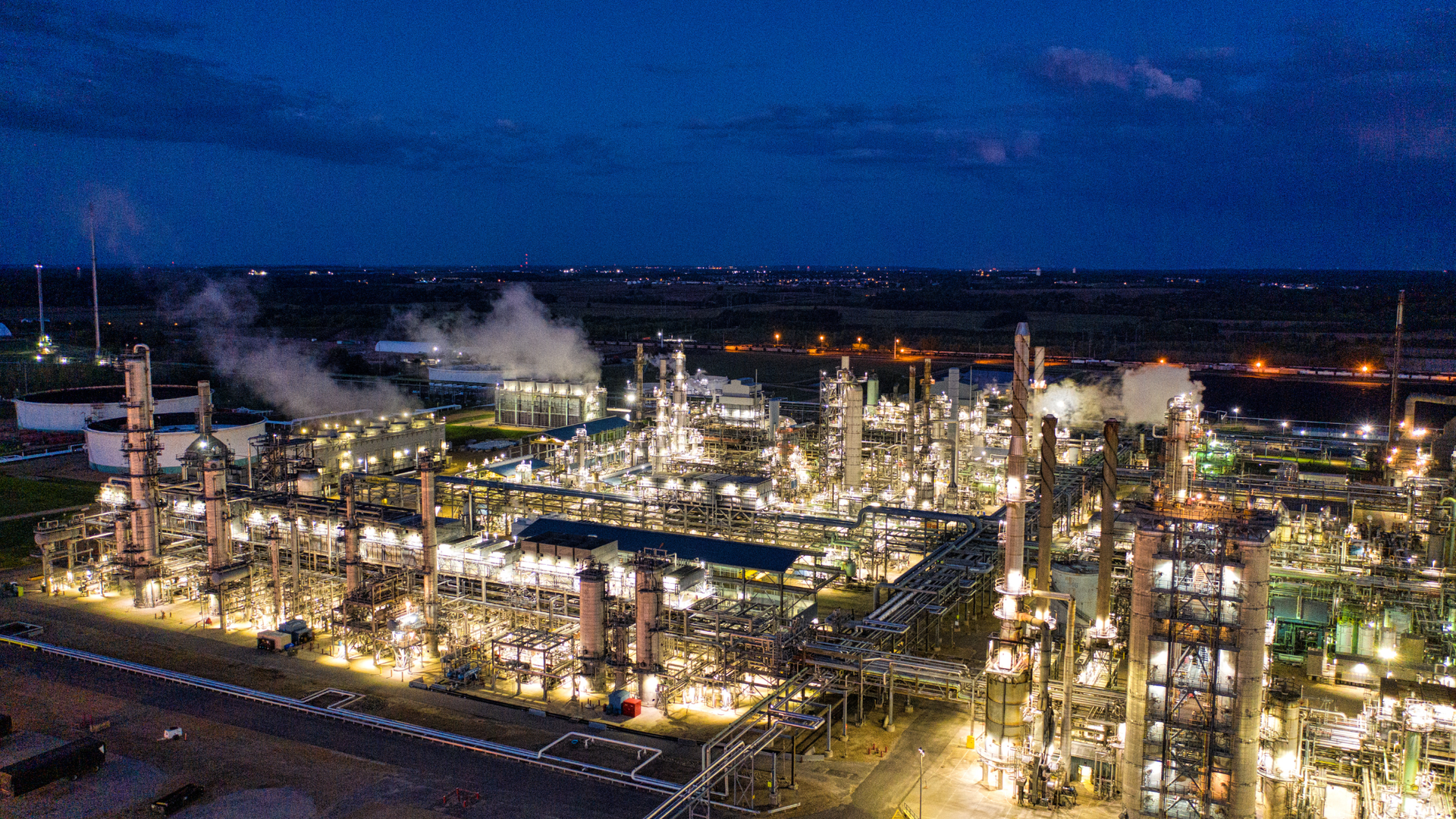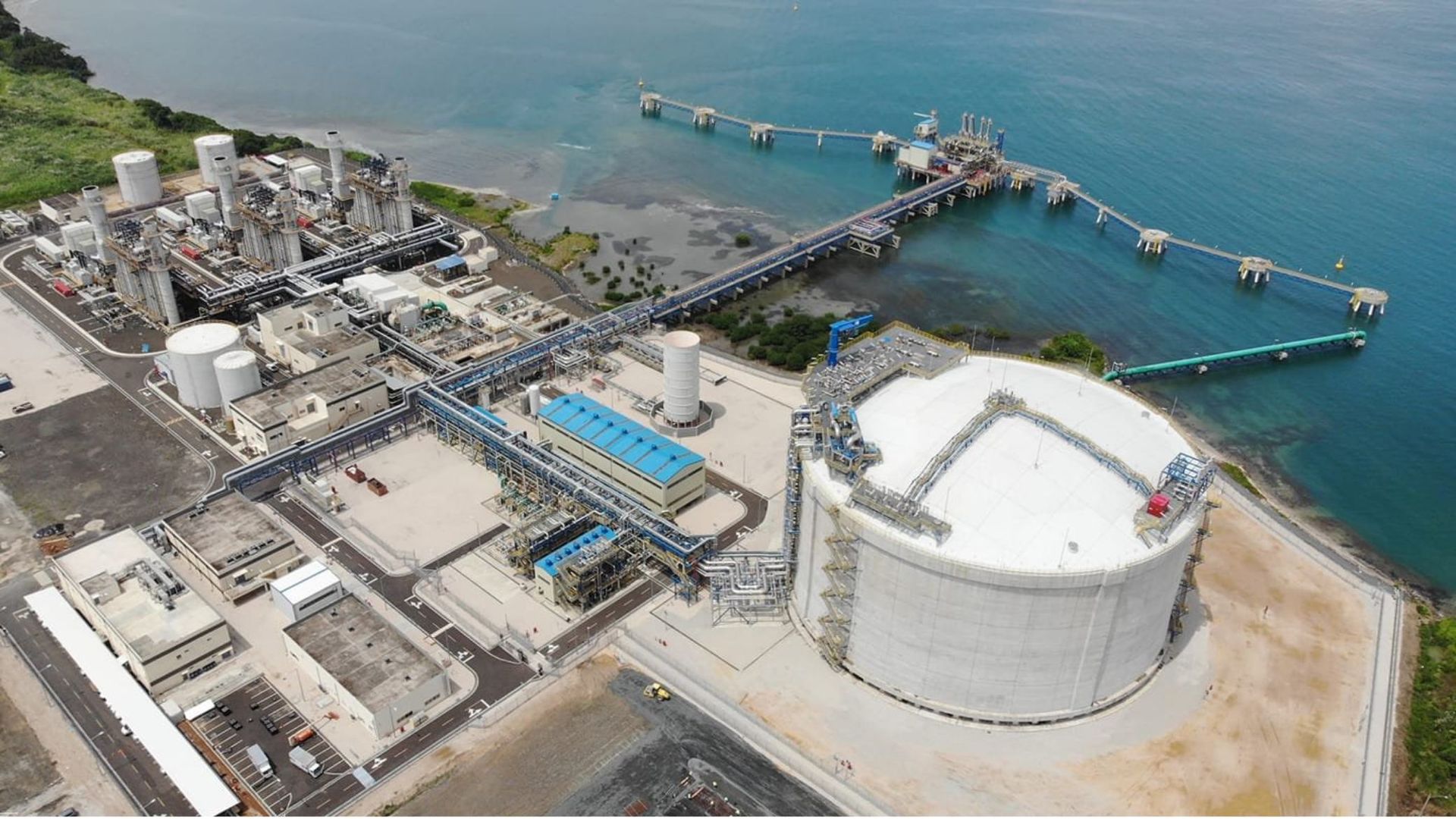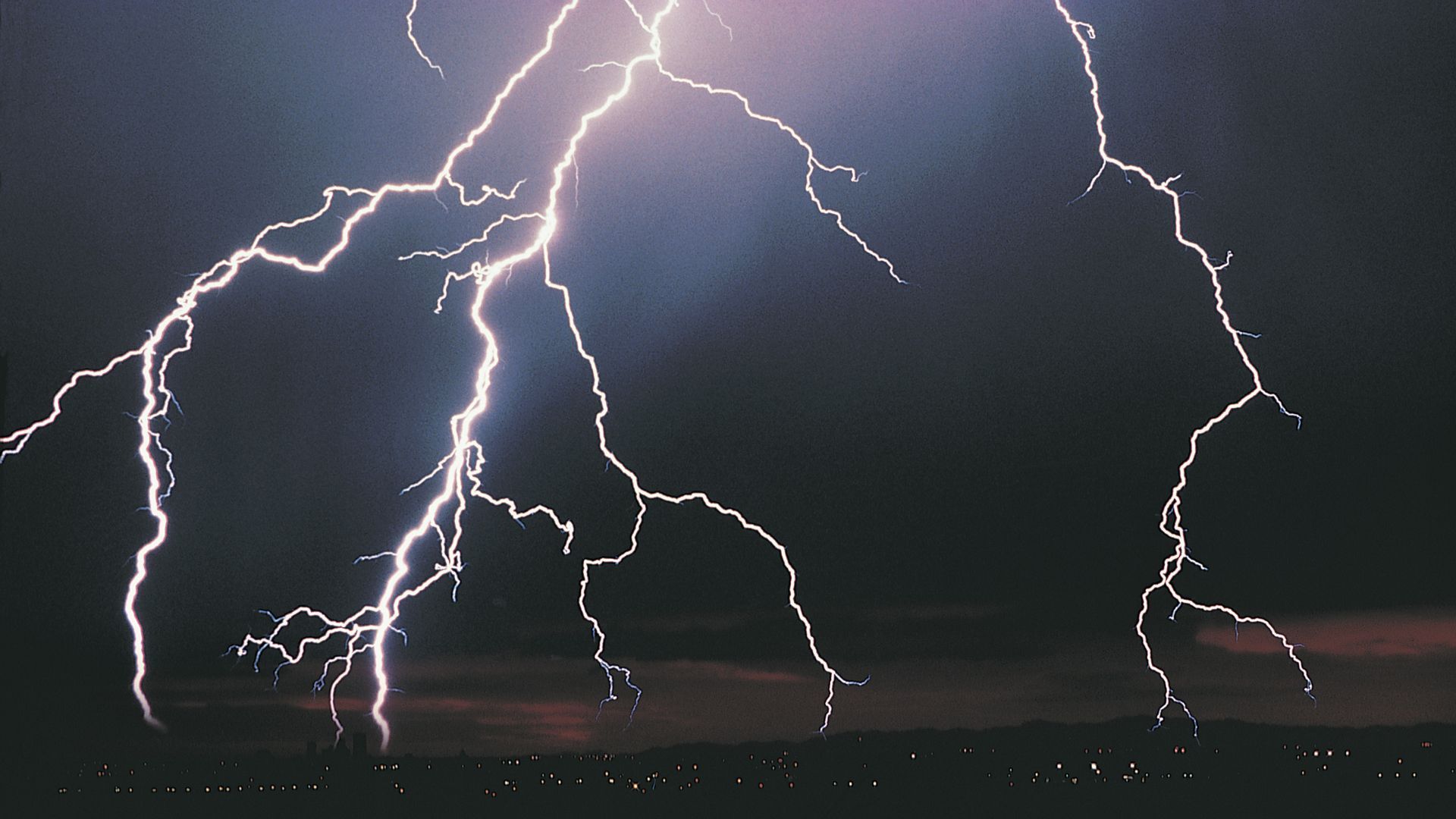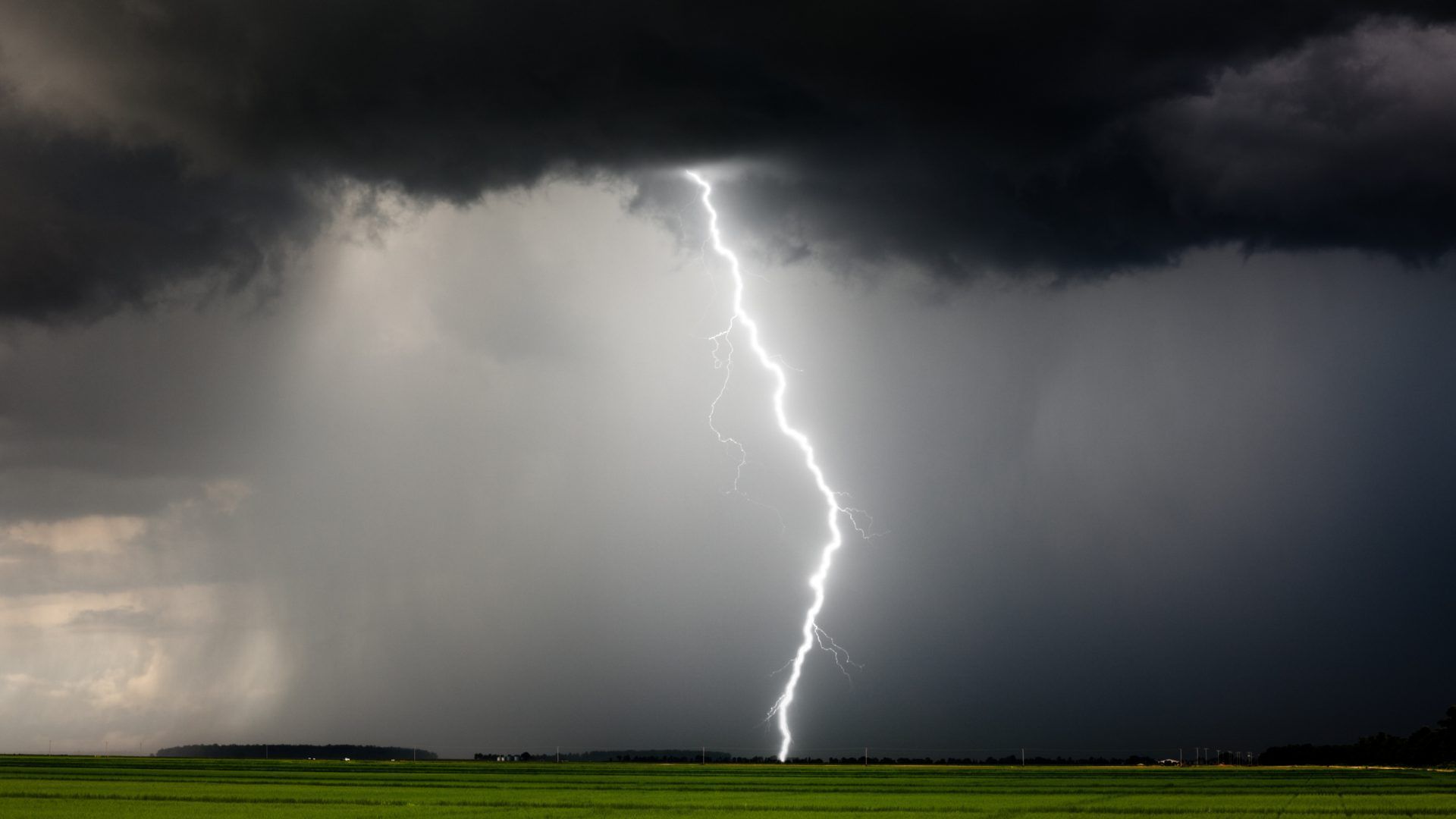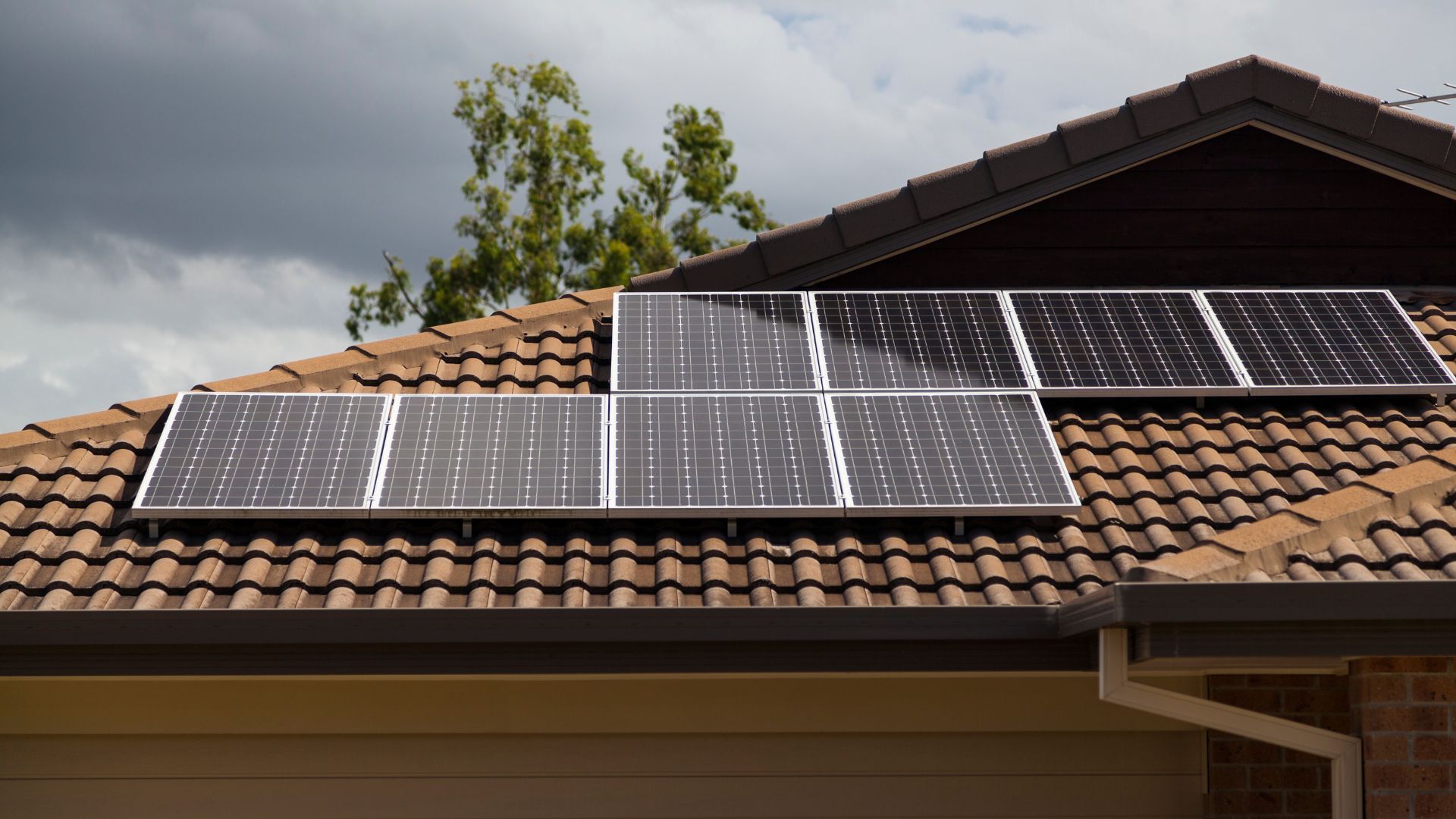Frequently Asked Questions About the CMCE Lightning Suppressor
Frequently Asked Questions About the CMCE Lightning Suppressor
The body content of your post goes here. To edit this text, click on it and delete this default text and start typing your own, or paste your own from a different source. When it comes to protecting your property from lightning damage, you want a system that’s not only effective but also trusted by professionals around the world. The CMCE Lightning Suppressor
is a proven, innovative solution that takes a preventive approach to lightning protection—without relying on electronics, power, or traditional lightning rods.
Below, we answer some of the most frequently asked questions about the CMCE system, including its maintenance, reliability, lifespan, certifications, and overall performance.
Is there an annual service or maintenance requirement?
The CMCE system is designed to be extremely low maintenance. However, we do recommend a simple annual check to ensure optimal performance. You have two options:
- Installer Inspection: Our certified installers can perform an annual inspection for you.
- Self-Check: We can provide you with an ohm meter so you can conduct the test yourself.
Once a year, check the ohm resistance of the grounding system to confirm it remains below 5 ohms. This ensures that the unit has not been disconnected during severe weather and that the grounding is still intact. It’s a quick and easy way to confirm that the system is still functioning properly.
What is the typical lifespan of a CMCE unit?
The CMCE Lightning Suppressor
is built to last. We have units that have been in place for over 22 years and are still functioning as intended. The devices are:
- Hurricane- and corrosion-resistant
- Weatherproof
- Free of electronics or moving parts
- Requires no electrical power
Because there are no internal and external components that wear out or degrade, the CMCE is an incredibly durable and long-lasting solution.
Is the CMCE UL-listed for lightning protection? Does it meet NFPA 780 or IEC 62305 standards?
The CMCE is a passive grounding system—not an active or electrical device—and therefore it falls outside the scope of standards like UL96A, which are designed for traditional lightning rods. Similarly, NFPA 780 applies to electrical protection systems, which operate in a fundamentally different way than the CMCE.
However, the CMCE does comply with the IEC 62305 standards, which are recognized internationally for evaluating comprehensive lightning protection systems. It meets all four parts of the IEC 62305:
- General Principles
- Risk Management
- Protection Against Physical Damage
- Protection of Electrical and Electronics Systems
The CMCE has been tested and validated by several independent electrical engineering laboratories, ensuring its quality and performance in real-world conditions.
Is the CMCE Lightning Suppressor system reliable?
Absolutely. The CMCE is a proven, highly effective solution with a track record of success across multiple industries and applications. It’s trusted by over 10,000 satisfied customers worldwide, including high-profile names such as Carnival Cruise Line, Cushman & Wakefield, Chevron Corporation, the National Weather Service, Great American Ball Park, Busch Gardens Tampa Bay, the City of Cape Canaveral, North Florida Regional Airport, and more.
The CMCE’s reliability lies in its preventive approach—it eliminates the conditions necessary for lightning to form in the first place, rather than attempting to manage the effects after a strike has occurred.
When you choose the CMCE Lightning Suppressor, you’re not just investing in a product—you’re investing in long-term safety, reliability, and peace of mind. With decades of proven performance, global certifications, and a trusted customer base, the CMCE has set the new standard in lightning protection.
Don’t Settle for Less. Choose the Best in Protection.
Contact us today at (888) 318-2333
or cmcesales@capitolelectronics.com
to learn more about how the advanced CMCE Lightning Suppressor
can protect your boat or property.


